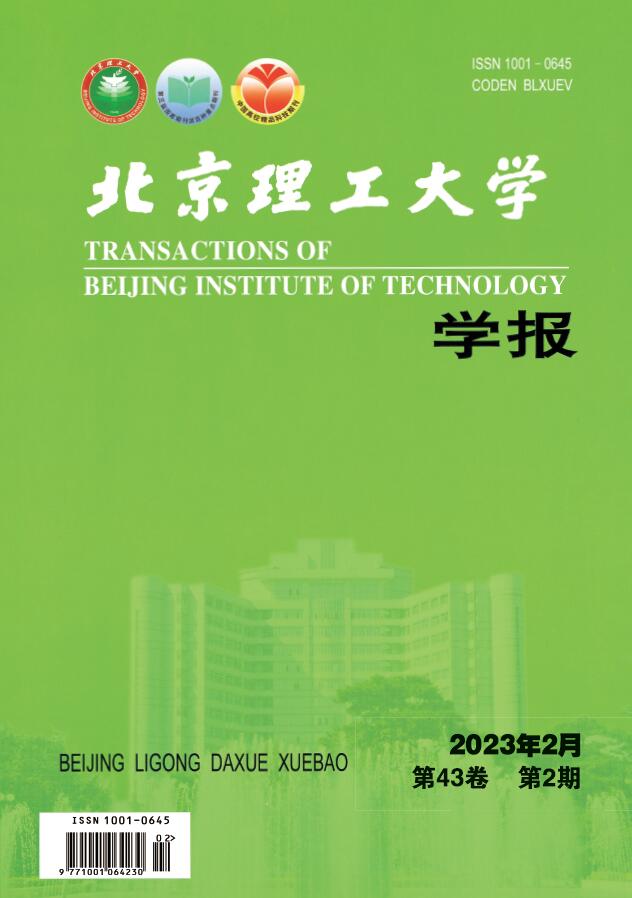2018 Vol. 38, No. 12
Display Method:
2018, 38(12): 1211-1216.
doi:10.15918/j.tbit1001-0645.2018.12.001
Abstract:
Molecular Dynamics Simulation on Characteristics of Crater Formation Induced by Hypervelocity Impact
2018, 38(12): 1217-1221.
doi:10.15918/j.tbit1001-0645.2018.12.002
Abstract:
2018, 38(12): 1222-1230.
doi:10.15918/j.tbit1001-0645.2018.12.003
Abstract:
2018, 38(12): 1231-1236.
doi:10.15918/j.tbit1001-0645.2018.12.004
Abstract:
2018, 38(12): 1237-1243.
doi:10.15918/j.tbit1001-0645.2018.12.005
Abstract:
2018, 38(12): 1244-1251,1295.
doi:10.15918/j.tbit1001-0645.2018.12.006
Abstract:
2018, 38(12): 1252-1255,1320.
doi:10.15918/j.tbit1001-0645.2018.12.007
Abstract:
2018, 38(12): 1256-1262.
doi:10.15918/j.tbit1001-0645.2018.12.008
Abstract:
A Low-Cost Eye-Gaze Tracking System Based on Artificial Neural Network Dynamic Calibration Algorithm
2018, 38(12): 1263-1268.
doi:10.15918/j.tbit1001-0645.2018.12.009
Abstract:
2018, 38(12): 1269-1275.
doi:10.15918/j.tbit1001-0645.2018.12.010
Abstract:
2018, 38(12): 1276-1281,1288.
doi:10.15918/j.tbit1001-0645.2018.12.011
Abstract:
2018, 38(12): 1282-1288.
doi:10.15918/j.tbit1001-0645.2018.12.012
Abstract:
2018, 38(12): 1289-1295.
doi:10.15918/j.tbit1001-0645.2018.12.013
Abstract:
2018, 38(12): 1296-1301.
doi:10.15918/j.tbit1001-0645.2018.12.014
Abstract:
2018, 38(12): 1302-1307.
doi:10.15918/j.tbit1001-0645.2018.12.015
Abstract:
2018, 38(12): 1308-1313.
doi:10.15918/j.tbit1001-0645.2018.12.016
Abstract:
2018, 38(12): 1314-1320.
doi:10.15918/j.tbit1001-0645.2018.12.017
Abstract:


